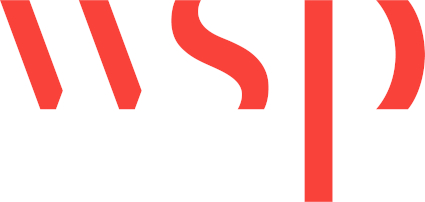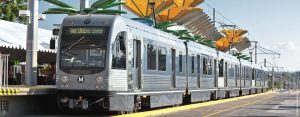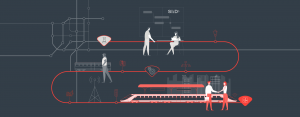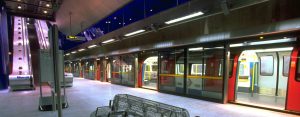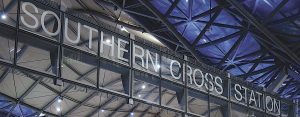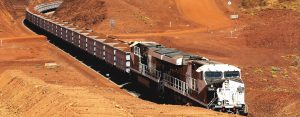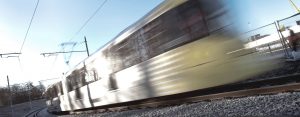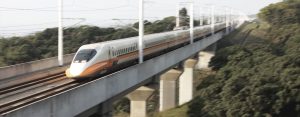Light Rail and Streetcars
| Company | WSP |
|---|
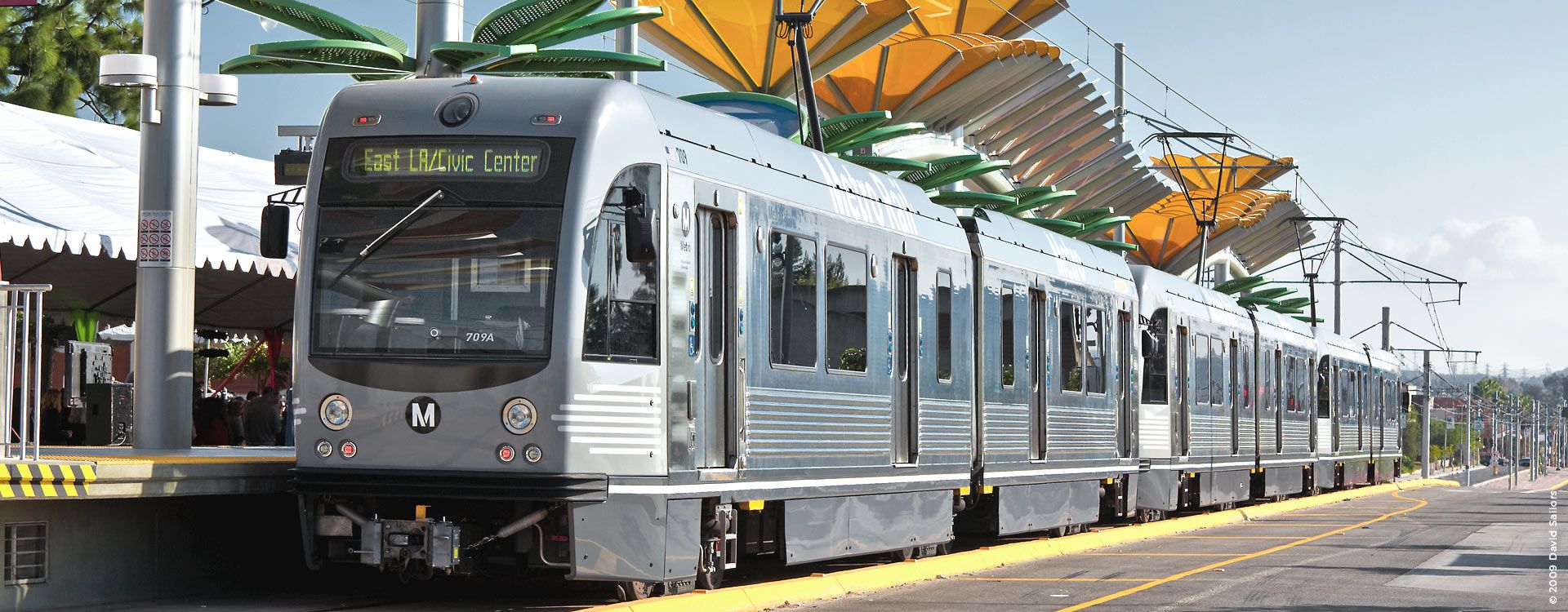
Images
WSP promotes light rail transit and streetcar projects as an integral part of creating the communities of tomorrow.
Light rail transit (LRT) and streetcar systems have experienced a great resurgence in recent years. As cities look for more flexible, scalable solutions to meet transport demand, LRT and streetcars can be tailored to fit specific needs within a community and provide a sensible investment compared to other mass transit systems.
Typically sharing corridors with cars and buses, LRT and streetcars provide excellent intermodal connectivity and make public transport more accessible, convenient, and sustainable. They not only offer convenient transportation, but also a powerful catalyst for economic development.
For decades, streetcars have defined the look and feel of many urban communities. Today, together with our clients—transit agencies, municipal governments and developers—we at WSP promote streetcar projects as an integral part of creating the communities of tomorrow. Our goal is to make their urban environment more attractive to both residents and businesses.
Teaming with our rail engineers, planners, architects, and stakeholder managers, we plan and design well-integrated systems that address the needs of commuters, incorporate sustainability, promote economic development, and add value to the communities in which they operate.
Our teams have played a major role in the development of virtually every LRT system in the US, Australia, and the UK. We worked on Manchester Metrolink in the UK, the Los Angeles LRT and New Orleans’ streetcar expansion program in the US, the Downtown Dubai Trolley in the UAE, the Eglinton Crosstown LRT program in Canada, and several projects in Stockholm, Sweden including Tramway City.
The tram network in Stockholm is going through major expansions and is expected to carry 63,000 passengers per day by 2030, and will supply the new Royal Seaport district with efficient and environmentally friendly public transport. One of the major challenges was to find solutions to build the new tracks in the existing environment with on-going traffic and laying the new tracks without disturbing local retail activity. We have provided preliminary design and detailed design for the line, including nine stops.
Services include permanent way, road design, landscape architecture, geotechnics, rock engineering, land development, surveying and mapping, cable ducting, acoustics, traffic, water and sewerage, environmental impact assessment, risk and safety, 3D-model, cost estimates, and project management. We mobilized a multi-disciplinary team of experienced engineers, architects, urban planners, traffic and construction planners, cost managers, and environmentalists, who established a clear strategy to reduce the scheme risk profile and develop and clarify the delivery program. Relying on high competence, extensive resources, committed staff and very good relations with the client, the project has been extremely fruitful.
